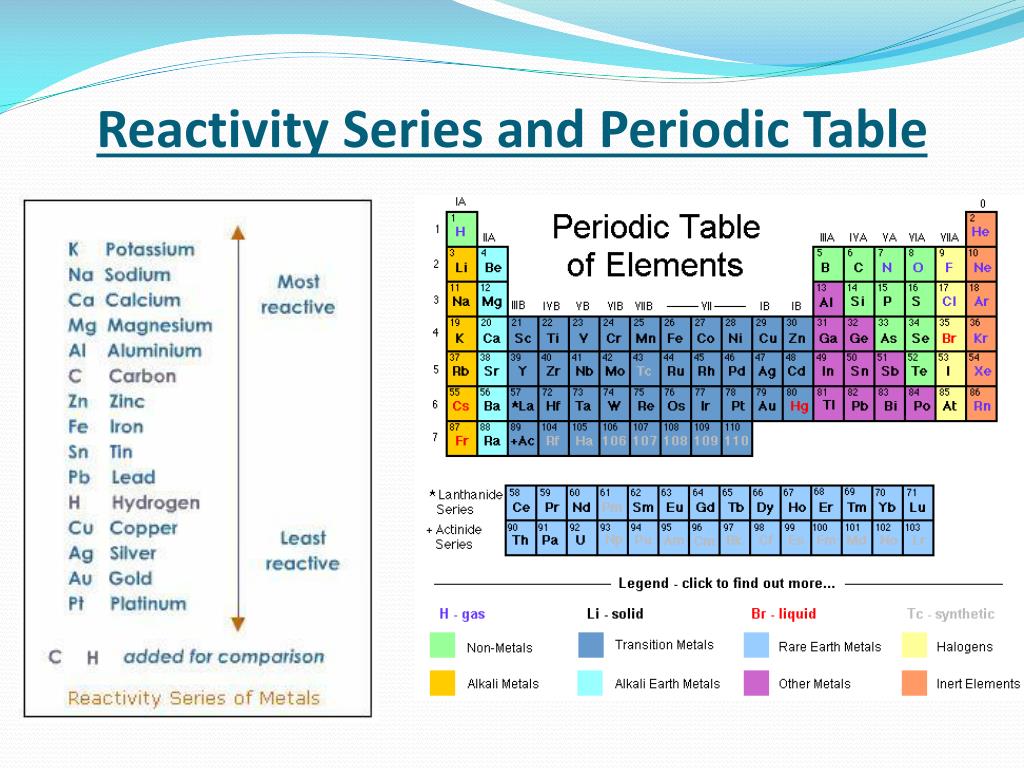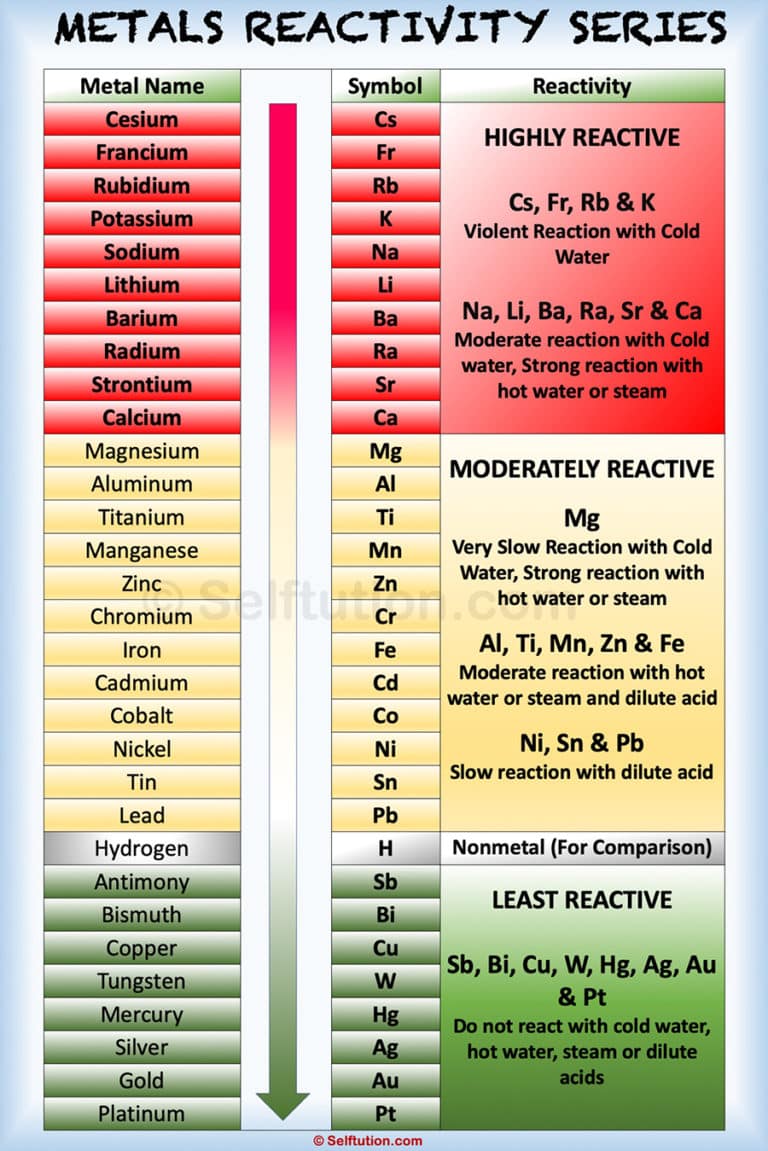



Where ν = ν + + ν – represent the stoichiometric coefficients involved in the ionic dissociation processĮven though γ + and γ – cannot be determined separately, γ ± is a measurable quantity that can also be predicted for sufficiently dilute systems using Debye–Hückel theory. (One cannot add cations without putting in anions at the same time). Ca 2+) isn't measurable because it is experimentally impossible to independently measure the electrochemical potential of an ion in solution. In a liquid solution the activity coefficient of a given ion (e.g. One can define activities for the cations and anions separately ( a + and a –). When the solute undergoes ionic dissociation in solution (for example a salt), the system becomes decidedly non-ideal and we need to take the dissociation process into consideration. The relative activity of a species i, denoted a i, is defined as:Ī i = e μ i − μ i ⊖ R T Ionic solutions For hydrochloric acid solutions, the minimum is around 0.4 M. Although at low ionic strength (< 0.1 M) the activity coefficient approaches unity, this coefficient can actually increase with ionic strength in a high ionic strength regime.

When a 0.1 M hydrochloric acid solution containing methyl green indicator is added to a 5 M solution of magnesium chloride, the color of the indicator changes from green to yellow-indicating increasing acidity-when in fact the acid has been diluted.In a solution of potassium hydrogen iodate KH(IO 3) 2 at 0.02 M the activity is 40% lower than the calculated hydrogen ion concentration, resulting in a much higher pH than expected.Two examples serve to illustrate this point: However, there are circumstances where the activity and the concentration are significantly different and, as such, it is not valid to approximate with concentrations where activities are required. The same is often true of equations for reaction rates. The activity of an ion is particularly influenced by its surroundings.Įquilibrium constants should be defined by activities but, in practice, are often defined by concentrations instead. The difference between activity and other measures of concentration arises because the interactions between different types of molecules in non-ideal gases or solutions are different from interactions between the same types of molecules. For gases, the activity is the effective partial pressure, and is usually referred to as fugacity. Activity depends on temperature, pressure and composition of the mixture, among other things. The activity of pure substances in condensed phases (solid or liquids) is normally taken as unity (the number 1). īy convention, activity is treated as a dimensionless quantity, although its value depends on customary choices of standard state for the species. The term "activity" in this sense was coined by the American chemist Gilbert N. In chemical thermodynamics, activity (symbol a) is a measure of the "effective concentration" of a species in a mixture, in the sense that the species' chemical potential depends on the activity of a real solution in the same way that it would depend on concentration for an ideal solution. Measure of the effective concentration of a species in a mixture


 0 kommentar(er)
0 kommentar(er)
